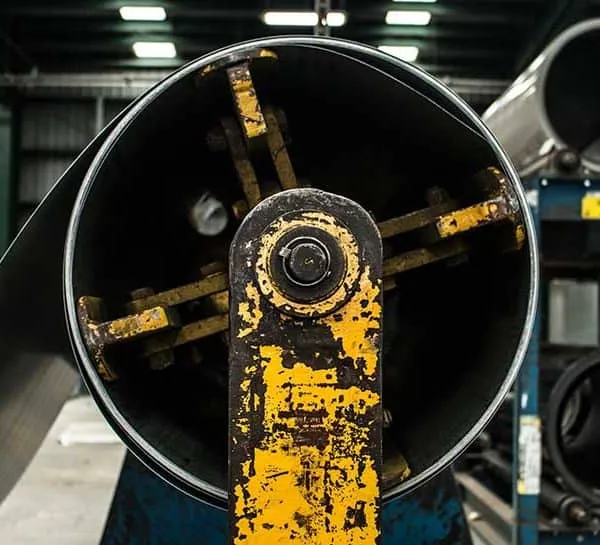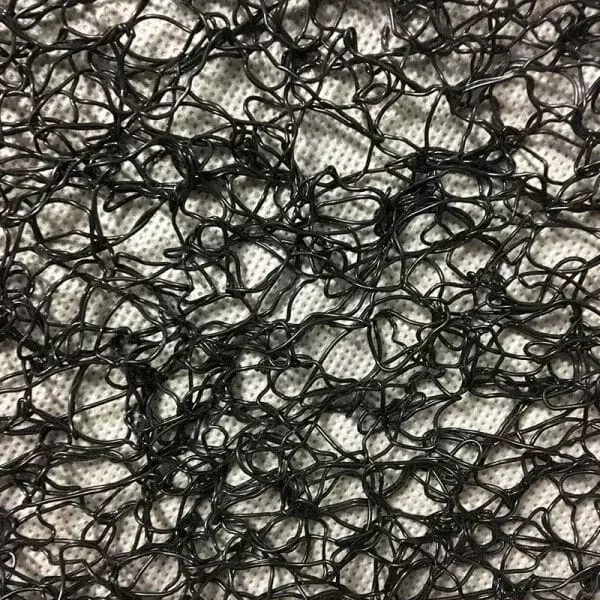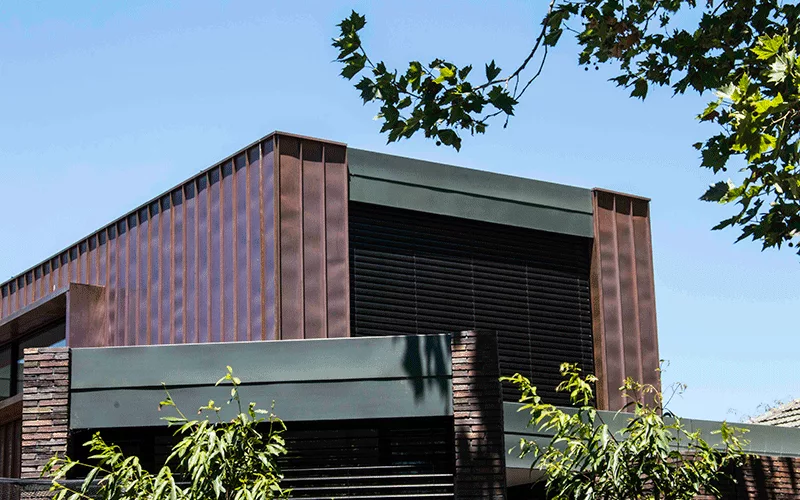Oil canning is one of the most controversial aspects of metal cladding. Some people don’t mind the appearance of ripples, others can’t stand them. Regardless of personal opinion, one of the most popular questions asked of Metal Cladding Systems is, “how do I stop oil canning?”
To answer the question on everybody’s lips, let’s take a close look at oil canning. Let’s explore what oil canning is, what causes it, and if there are any preventative measures we can take.
What is oil canning?
Oil canning is an attribute of metal cladding, in particular it appears on panels that have been folded or roll formed from thin sheet metal. The appearance of oil canning can be minimised, but it is a characteristic of sheet metal roof and wall panel systems. Nothing can 100 per cent remove its appearance and oil canning should not be considered a product fault.
What causes oil canning?
There are many contributing factors behind oil canning. By understanding the cause, we can work to minimise the chance of oil canning. A good understanding of oil canning is particularly useful on projects where the owner, architect, builder or installer, is keen to eliminate any waviness across the facade.

Material
Some alloys are more likely to oil can then others. Material finish and colour are also contributing factors. Natural metals, such as Copper and Titanium Zinc are more prone to oil canning compared to pre-coated materials such as coated steel and pre-painted aluminium. Each alloy has a different thermal expansion and contraction rate. Pre-coated materials will perform differently to natural, un-coated metals.
Gloss and satin finishes are more prone to oil canning compared to matt or textured surfaces, and dark colours will show a greater level of oil canning compared to light hues.
Substrate
Substrates have a significant impact on the success of a cladding installation. The appearance of oil canning can be enhanced when a substrate is not straight. When oil-canning appears in a horizontal line across a facade, this suggests an imperfection behind the panels.
When inferior substrates are used, oil canning is likely to occur.
The best way to avoid substrate influenced oil canning is to ensure a qualified and experienced installer is working on your project. Consulting Metal Cladding Systems to discuss suitable panel spans and appropriate support products will also assist. For more information, or to get in touch with a Metal Cladding Systems recommended installer, contact our project team, info@metalcsystems.com.au.

Panel width and length
Perhaps one of the better known oil can contributors is panel size. In particular when we look at thin materials, such as 0.55 mm BMT steel and 0.80 mm pre-coated aluminium, width and in some cases length can increase the chance of panels appearing rippled.
While nothing is 100 per cent, sticking to more modest panel spans (eg: 330 mm wide and 3000 mm long) can reduce the appearance of oil canning.
Support products
There are support products available which assist in reducing oil can visibility. Enka-vent, or as it’s affectionately called, Hairy Chest sits between a seam profile pan and the plywood substrate. The mesh design helps to draw panels back onto the wall, creating a full and flat metal cladding pan. While Enka-vent may add to your installation cost, it’s a must for any project serious about eliminating oil canning.
A foam panel infill can be placed behind Interlocking panels. This support product provides additional structure to the panel’s pan. Infill panels are recommended by Metal Cladding Systems on Interlocking panels wider than 300 mm, however they are a third party product and the foam is combustible, Metal Cladding Systems do not support the use of infill foam on commercial developments.
Interlocking panels can also be stop ended top and bottom. Stop ending is a right angle fold which offers greater rigidity and therefore a reduced risk of oil canning.

Co-existing with oil canning
One of the most important things to remember is oil canning is not a product fault. Oil canning is a characteristic of metal cladding. While there are strategies to minimise risk, nothing is 100 per cent guaranteed to eliminate oil canning.
Consult Metal Cladding Systems if oil canning is a concern. When the time is right, our project team can put forward an experienced installer who understands materials, profiles, fixings and substrates.
To discuss your project further, speak with our project team on 03 9587 4554 or info@metalcsystems.com.au.


